Jump to:
In gardening, keeping track of what needs to be planted and when can be challenging as the seasons change. Even for seasoned gardeners, it’s easy to forget the ideal planting time for a particular flower. Not to mention whether it should be sown indoors, in a cosy greenhouse, or outdoors.
That’s why we’ve crafted this convenient Winter and Spring Planting Calendar. It can serve as your one-stop resource for all your planting needs. With planting tables spanning from January to May, a wealth of recommendations awaits! Whether for indoor or outdoor growing, from fruits and vegetables to flowers.
To go the extra mile, we’ve also included helpful tips to ensure you make the most of your gardening endeavours. Let’s get started!
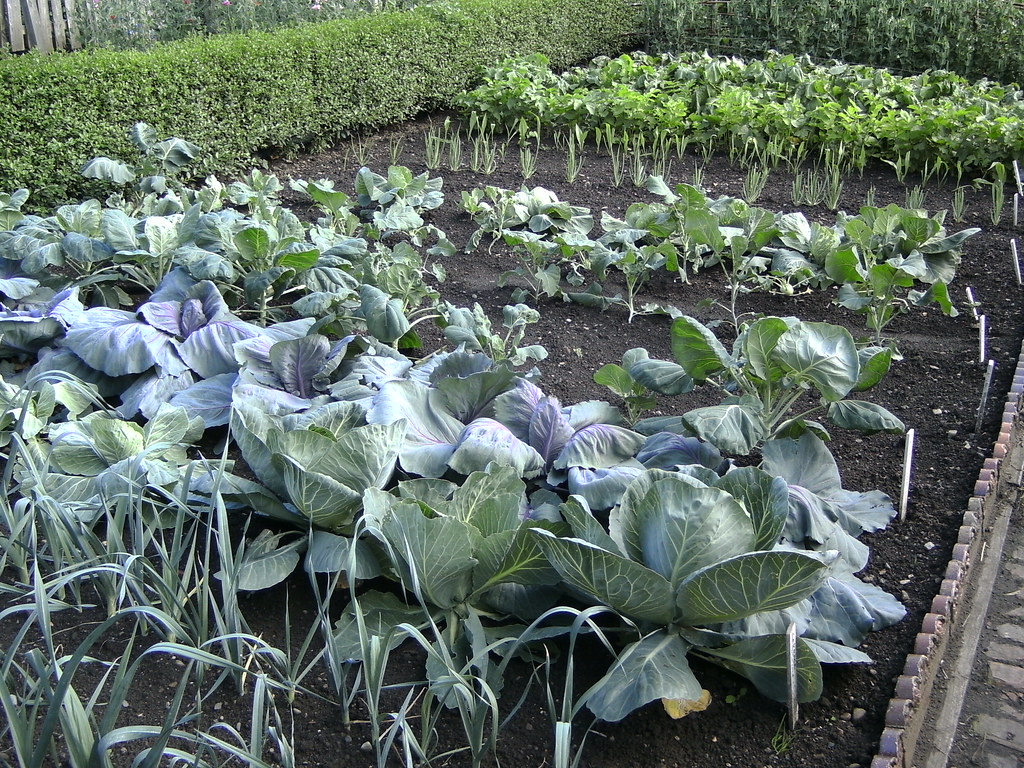
Handy Tips
Before we begin, let’s just point out a couple of things to help you with all the planting you’ll be doing.
When it comes to planting indoors or outdoors, you can plant “indoor planting” in a greenhouse. But if you are doing this, make sure that your greenhouse is heated. This means it must retain a hot temperature throughout the winter. For one, some plants need to be at room temperature to thrive and grow.
Why buy a Greenhouse?
A greenhouse, like our Rosette model, can be an amazing aid for those of us with green fingers. With a greenhouse, you don’t have to worry about not planting through winter - they provide a planting haven all year round!
Read more about the amazing benefits of Greenhouses here.
Also, note that planting inside and outside in separate months doesn’t mean you plant them twice. Instead, you’ll be moving the same growth from inside to its plot outside. This happens quite often with vegetables (as you’ll soon see).
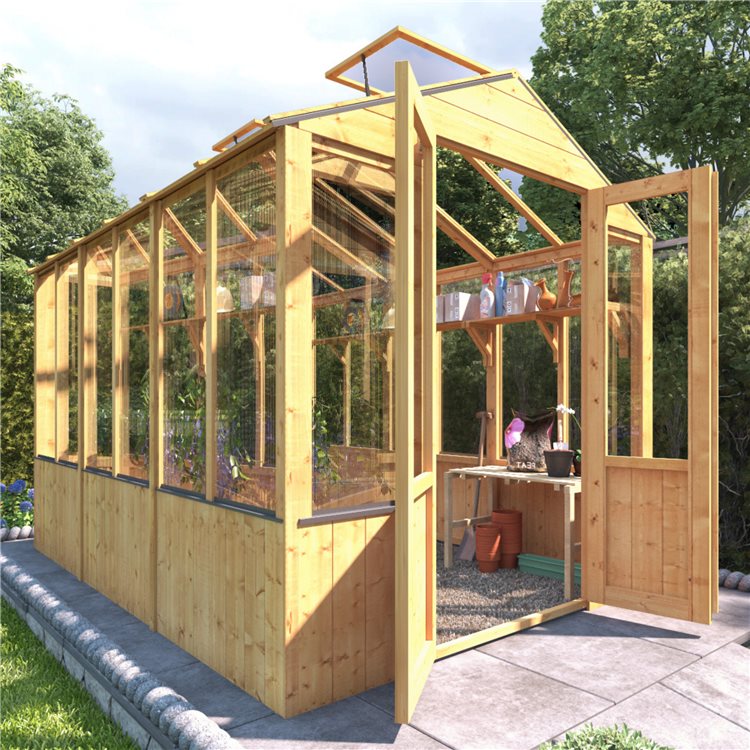
Most importantly, it’s worth keeping in mind that many of these timings depend on frost. Frosts happen when the temperature is so cold that a layer of ice forms on the ground. Frosts are dangerous as they cause the water inside to become ice, killing the plant. So when planting in spring, always be on the lookout for frost!
If you didn’t get the chance to plant or sow something the previous month, you could always do it in the next! You can also find a full, year-round vegetable planting calendar here.
Now, on to the planting calendar!
January

While January might sometimes seem like the heart of winter, it’s more like the beginning! Balmier December means that it might not be until January that we get our first frosts and our first real taste of winter temperatures.
Naturally, this means that there won’t be too much planting to do. But you can still start your plants or flowers off indoors. Or even get those hardier species and cold-loving bulbs in the ground!
January calendar and tips
| January | Plant or Sow Indoors: | Plant or Sow Outdoors: |
|---|---|---|
| Flowers: | Snapdragons* Geraniums Begonias Lobelias Carnations Sweet Peas* | Lily Bulbs* |
| Fruit and Vegetables: | Herbs* Aubergine Greenhouse Tomatoes | Garlic* Onions Cane Berries (Raspberries, Blueberries) Bare-root Fruit Trees |
Snapdragons: These colourful flowers need a long growth period before summer arrives, so it’s essential to get them growing early. Sow them inside and keep them comfortable until late spring.
Sweet Peas: When planting your sweet peas inside or in a greenhouse, ensure they’re sitting in a spot that gets lots of sunlight.
Herbs: If you’re planning to grow any herbs this year, you could always give them a headstart by starting to grow them indoors.
Lily, Onion, and Garlic bulbs: These bulbs are best planted in winter – so get them into the ground as soon as possible for the best results! With Lillies, make sure to plant them in a partly shaded spot. Don’t worry – they’re all frost tolerant.
February

February is still full of wintry conditions and frosty mornings. Though by the end of the month, conditions should start to perk up a little (no promises, this is the UK, after all!) If you want some help protecting your plants from the cold, take a look at our guide here.
Since it’s still pretty cold in February, there aren’t too many chances for outdoor planting. That doesn’t mean there isn’t work to be done, though. In fact, this month can be quite busy if you’re planning to grow lots of vegetables, as you’ll be starting many of them inside now. This is also the case for annual, biennial, and perennial flowers.
See the February planting calendar below.
February calendar and tips
| February | Plant or Sow Indoors: | Plant or Sow Outdoors: |
|---|---|---|
| Flowers: | Dahlias* Annual flowers Biennial flowers Perennial flowers Petunias* Impatiens* | Bare-root roses Winter-flowering shrubs such as Daphne and Witch Hazel Nicotiana* |
| Fruit and Vegetables: | Artichoke Broccoli Brussel Sprouts Cucumber Kohl Rabi Pepper Chillies Basil* | Carrots Parsnips Rhubarb |
Dahlias: Take extra care when starting Dahlias inside, especially in a greenhouse, as they can’t drop below 10°c. They prefer to be planted in compost, too.
Petunias: Like Dahlias, Petunias also require very specific growing conditions. Dahlias like it warm, so keep them at a toasty minimum of 24°c.
Impatiens: The flower Impatien, or “Busy Lizzie”, requires lots of sunlight while it’s growing. A bright windowsill is the best place for them.
Nicotiana: While we’ve put Nicotiana down for February, they’ll want to be planted right at the end of the month to avoid most of the cold.
Basil: If you’re growing herbs indoors, don’t start your basil until February and keep it indoors until summer is here in full.
March

The coming of March means the coming of Spring. During March, you’ll start to see the first signs of the changing season. For one, with Snowdrops beginning to appear and plump buds forming on the end of trees.
Don’t be caught out by these beautiful sights, however – March is still late winter, so that the cold won’t go just yet. Planting around this time is always tricky, as you need to plant after the late frost has passed. Keep an eye on the weather forecast and wait until the end of the month.
March calendar and tips
| March | Plant or Sow Indoors: | Plant or Sow Outdoors: |
|---|---|---|
| Flowers: | Climbing annuals Cleome seeds* Cosmea seeds Gazania* Marigolds | Sunflowers Poppies Cornflower Wildflowers Deciduous trees Forced flower bulbs* |
| Fruit and Vegetables: | Asparagus Artichoke Broccoli Brussel Sprouts Celeriac Celery Marrow Shallot Squash Sweetcorn | Peas Broad Beans Beetroot Cabbage Kale Kohl Rabi Leek Lettuce Radish Rocket Samphire Spinach Spring Onion Turnip |
Cleome Seeds: As with Impatiens, grow your Cleome seeds on a sunny, warm windowsill.
Gazania: Start your Gazanias inside in March, but as soon as the last frost has passed you’ll want to get them outdoors!
Forced flower bulbs: If you’ve “forced” any flower bulbs by keeping them in a dark place, now is the time to bring them outside. They’ll complete the rest of their growth and flowering stages there.
April

Spring should be in full swing by the time April rolls around. Flowers should be sprouting wherever you look. And perhaps even the first few leaves on trees (although this is usually reserved for May).
April weather means higher temperatures and wetter weather conditions – ideal conditions for growing. Crucially, the last frost will probably have passed. This means you can get the vast majority of your growing outside. There’ll be less planting to do than moving as you take the vegetables and flowers you started inside out.
It’s time to get those garden beds working hard!
April calendar and tips
| April | Plant or Sow Indoors: | Plant or Sow Outdoors: |
|---|---|---|
| Flowers: | Nasturtiums Dianthus Petunia Scabious Salvia Ageratum Zinia Rudbeckia | Clarkia Lagurus Monarda |
| Fruit and Vegetables: | Melon | Cauliflower Chard Courgette Chives Coriander Dill Parsley Pak Choi Watercress Brassica Potatoes |
May

Sunny days, flowers and greenery everywhere you look — that’s right, May is the time for growth! By now, you’ll be seeing the fruits of your labours from the winter months.
The emphasis for May is getting your flowers out – as well as the rest of your fruit and vegetables. The soil will now be warm and loose enough now for most flowers. But you don’t have to stop growing indoors! There are still a few things you can start inside to keep them safe before summer comes around.
Stray cold days may come around. So keep an eye out for them and cover veg or flowers if you think extra protection is necessary.
May calendar and tips
| May | Plant or Sow Indoors: | Plant or Sow Outdoors: |
|---|---|---|
| Flowers: | Climbing perennials Foxgloves Dianthus Helipterum Larkspur Primrose* Sweet William | Phlox Candytuft Godetia Nigella Damascena Foliage bedding Alyssum Hydrangeas Lavender Rudbeckia Snapdragons Marigolds |
| Fruit and Vegetables: | Sweetcorns | Artichoke Beans Broccoli Brussel Sprouts Celery Courgette Cucumber Marrow Pepper Pumpkin Swede Tomato plants* |
Primrose: Primrose is a summer flower, but you’ll be starting it indoors during early May. Sow the seeds in soil or organic matter, then place the tray in the fridge for three to four weeks. After that, keep it at room temperature for 6 weeks until the seeds germinate for outdoor planting in late summer.
Tomato plants: Tomato plants can be planted outdoors from May, but make sure you have a variant that can withstand outdoor temperatures. Otherwise, plant them in their more natural environment of a greenhouse.
Bloom With Confidence
Sticking to this planting calendar requires organisation, preparation, and a bit of planning. Here are some tips to help you stay on track and make the most of your planting spaces for different types of crops:
Tip #1: Evaluate your space
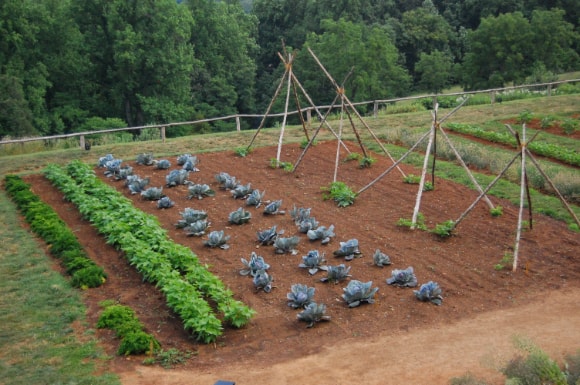
(Image Credit: Wikimedia Commons)
Take a careful look at your available gardening space. Assess the amount of sunlight, shade, and overall layout. This will help determine the types of plants you can grow and how to utilise your space effectively.
Tip #2: Plan crop rotation
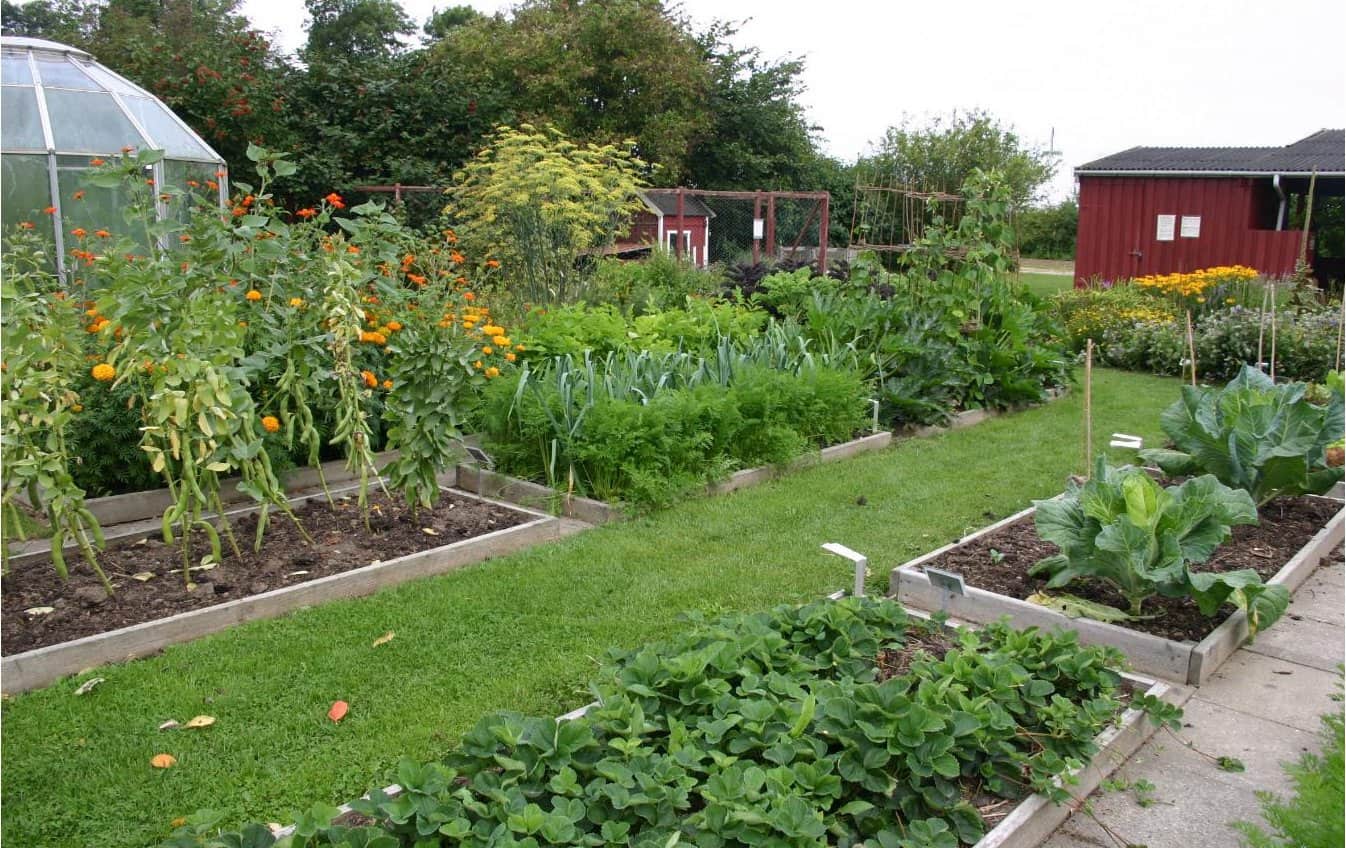
(Image Credit: Wikimedia Commons)
To optimise your planting spaces and promote healthy soil, consider implementing crop rotation. This involves changing the location of different plant families each year.
Rotating crops helps prevent pests and diseases while maintaining soil fertility. Use your calendar to plan which crops should follow each other in specific areas of your garden.
Tip #3: Use vertical gardening techniques
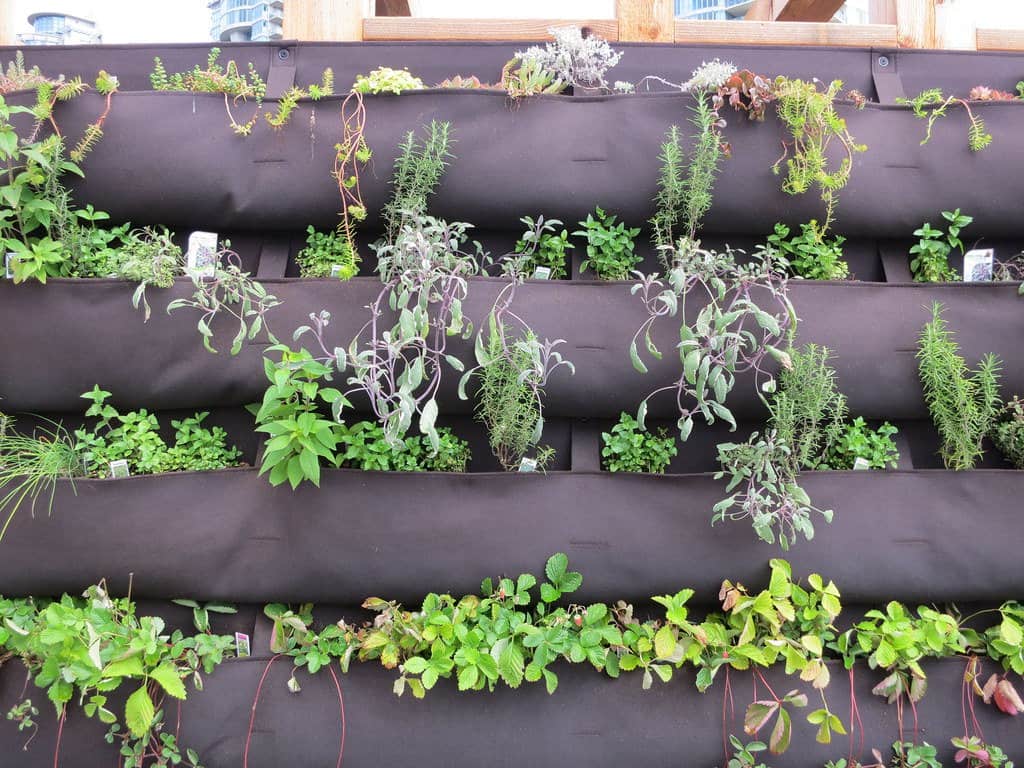
If you have limited horizontal space, explore vertical gardening methods. Install trellises, stakes, or hanging baskets to grow vining plants such as tomatoes. Utilising vertical space allows you to maximise productivity while minimising the footprint.
Tip #4: Companion planting
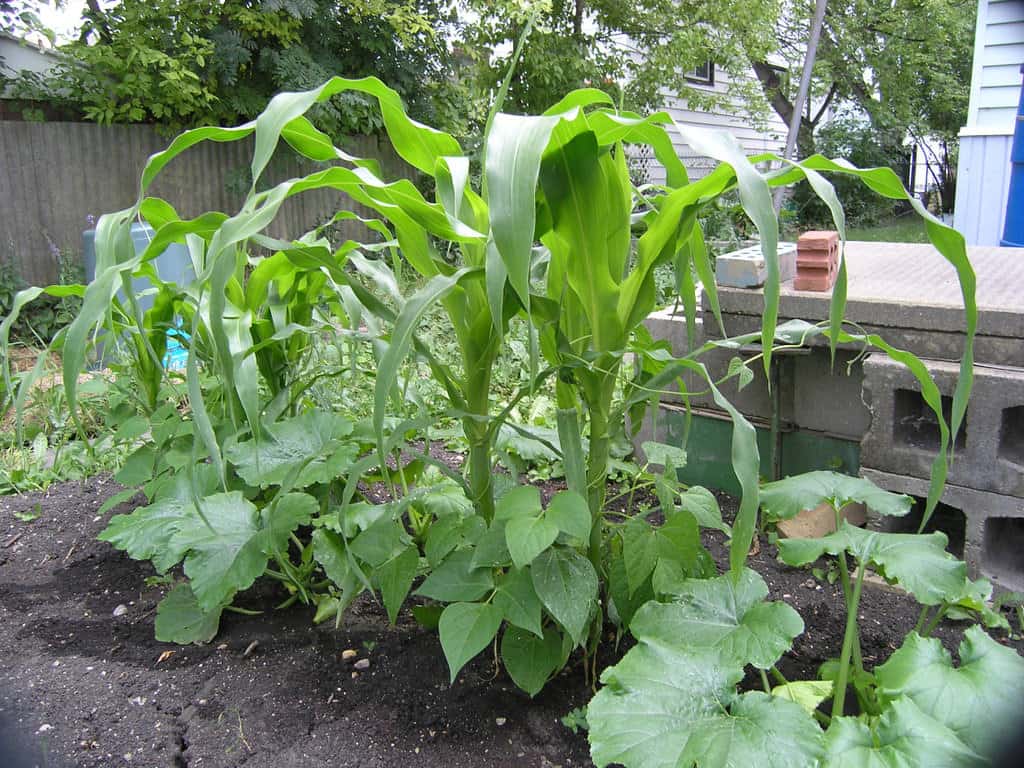
Group crops that benefit each other when grown together. For example, planting marigolds alongside tomatoes can deter pests. Or, growing basil near your beans can enhance their flavour and repel insects. Refer to your planting calendar to identify compatible companion plants.
Tip #5: Succession planting
This technique involves planting crops in intervals, staggering their maturity dates. As one crop is harvested, another is ready to take its place. Refer to your planting calendar to schedule successions. This ensures a continuous supply of fresh produce throughout the growing season.
Tip #6: Utilise intercropping
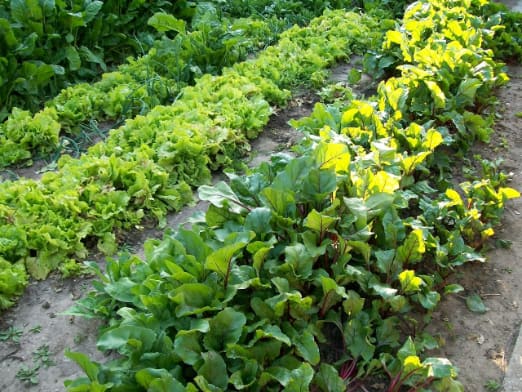
Intercropping involves growing two or more complementary crops in close proximity. For instance, you can grow fast-maturing lettuce with slower-growing cabbage. By intercropping, you can maximise your planting spaces while increasing overall productivity.
Tip #7: Raised beds and containers
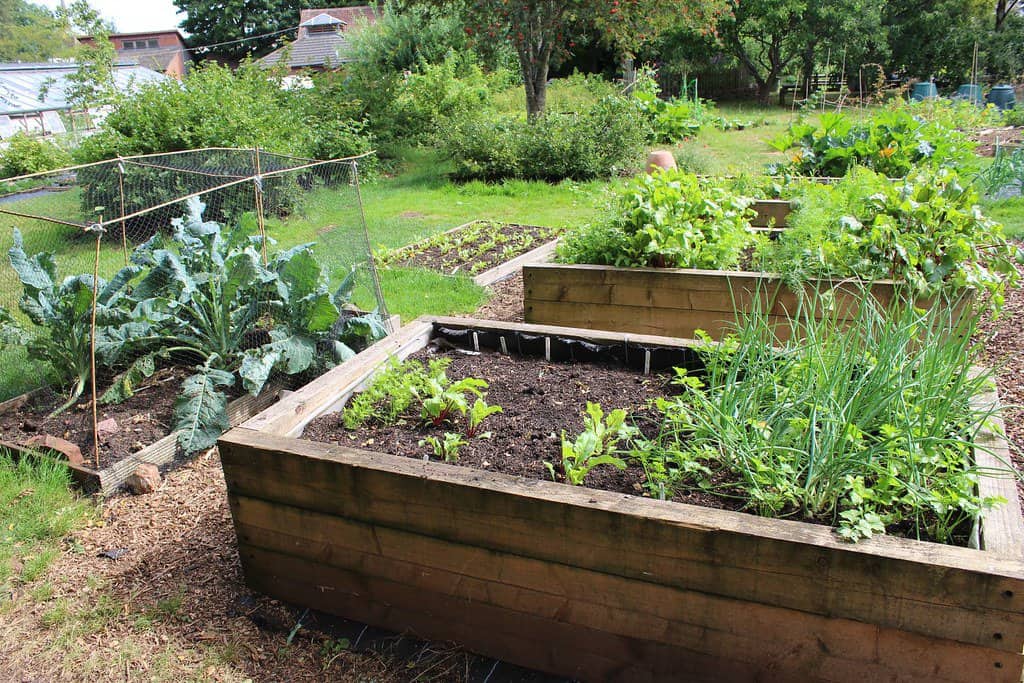
If you have limited garden space or poor soil quality, use raised beds or containers. These options allow for better control of soil conditions, drainage, and pest management. You can dedicate specific containers or beds for different types of crops. This makes it easier to follow your planting calendar.
Tip #8: Stay organised
Maintain a gardening journal or use digital tools to keep track of your calendar. Note down planting dates, varieties, and any additional information specific to each crop. This will help you stay organised and remember essential tasks.
Staying committed to your planting calendar helps you create an efficient and productive garden. Happy planting!
Time to Get Planting!

Winter and Spring is the trickiest time of the year when it comes to planting. But with this month-by-month, detailed planting calendar, and a keen eye for when the cold is coming, you should be able to dodge the frosts and get to summer with a garden full of life and colour!
If you’re interested in levelling up your gardening ability with a greenhouse, then look no further than us here at Garden Buildings Direct.
We have a varied range of quality greenhouses available at great prices. Simply click the button below to browse!










